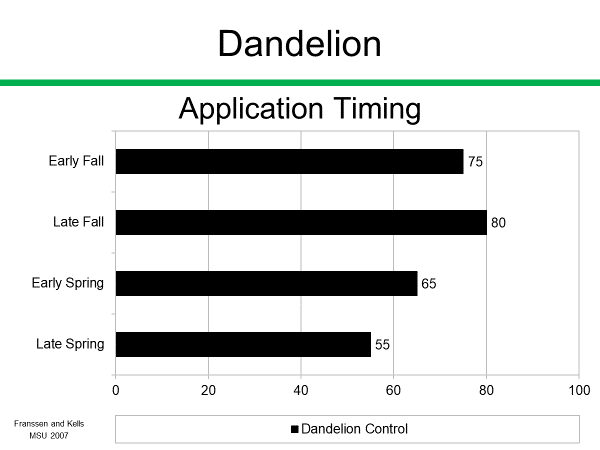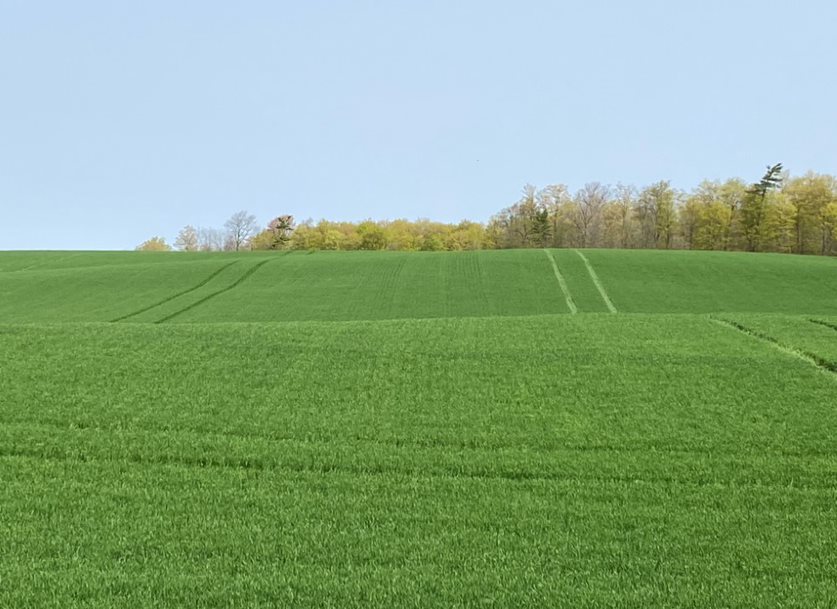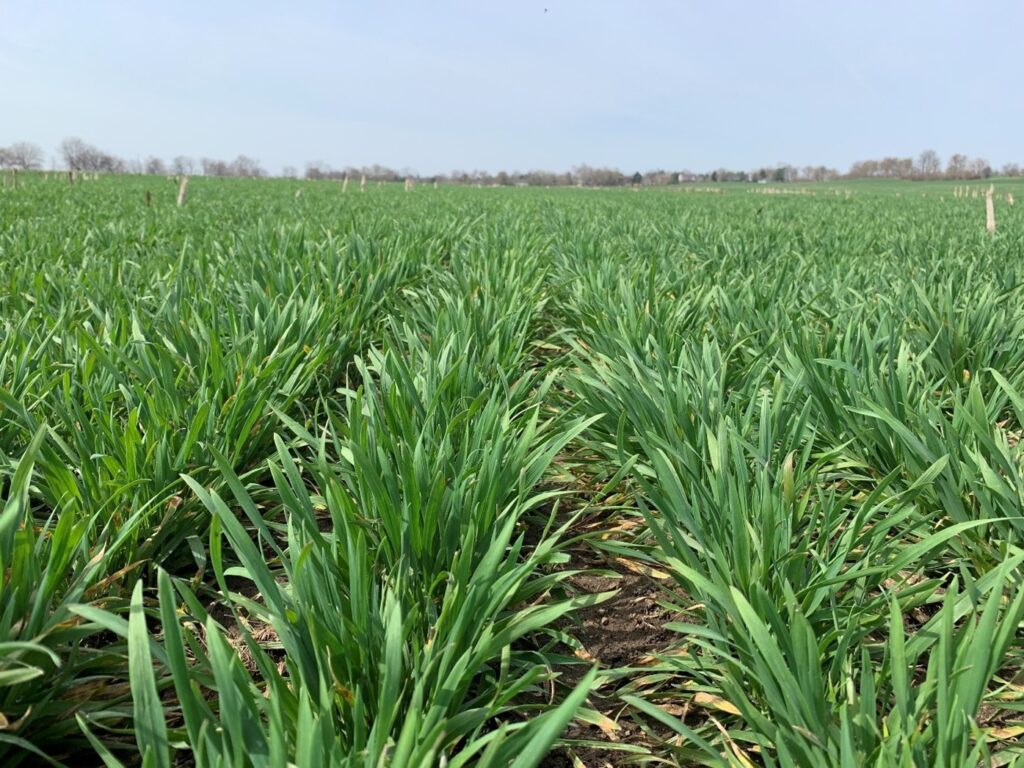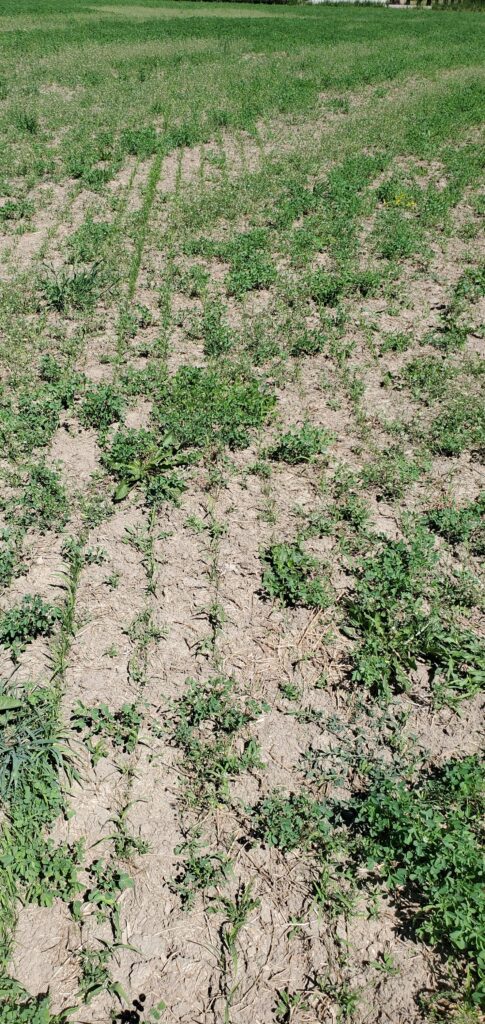Crop Conditions – Week of May 15th, 2023

Conditions Field conditions across the province have improved vastly over the last ten days. With sunshine and temperatures in the high teens to even high twenties in some areas, planting is rolling across a majority of the province. Field work began early last week with lighter soil but by late last week, work on heavier, […]












